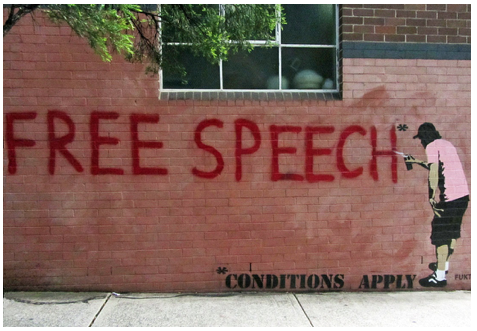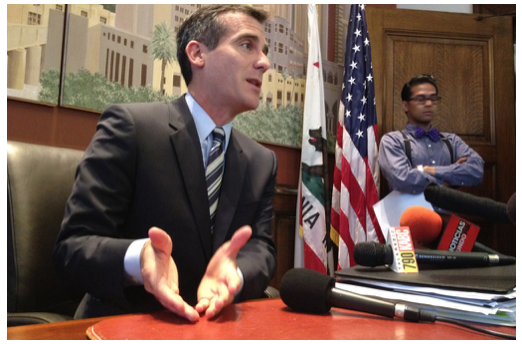Preservation Playbook – Could ‘Hollywood Heritage’ Become an Oxymoron?
DEEGAN ON LA-What do we remember…and why? That’s an intriguing question. How important are concepts like legacy and heritage? Why is #TBT (“throwback Thursdays”) embedded in our current culture? How about the term “Back in the Day?” These memes can connect us with times and places.





































